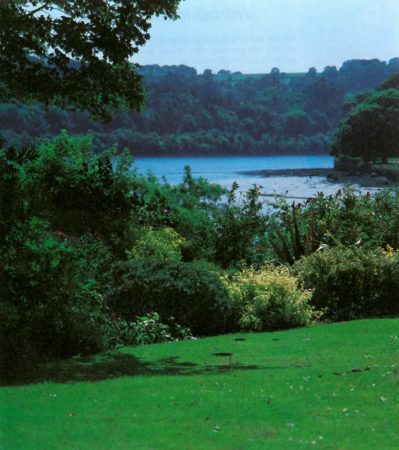Post category: Site Aspects
Size
The size of the garden is a very important factor in deciding which features and plants to use. From the plan measurements, work out the area of garden. This may also be available from the documents of sale for the property, or architect’s drawings.
Soil
The type of soil should be noted. Dig a hole about 50 centimetres deep and 50 centimetres wide. You will be able to see what depth of dark top-soil there is. The subsoil is much paler than the top-soil, it is quite poor. If it is nearly as brown, then it is good soil – suitable for everything. If the subsoil is bluish and sticky, the ground is waterlogged and only plants that like wet ground can be grown.
Examine the soil for structure. Is it crumbly and open, or heavy and sticky? Has it a lot of stones, or is it sandy or clayey? Feel the soil between your fingers to decide on this. Sandy open soils are easy to work but tend to dry out in summer. Sticky clay soils are often fertile but lumpy and heavy to work. The ideal is in-between.
A soil test should be done to see if it is acid or limey. Test kits can be got in any garden shop. Pink or red flowers on hydrangeas indicate a limey soil; blue flowers, an acid one. Purplish hydrangeas indicate a neutral soil – neither acid nor limey. Rhododendrons in local gardens growing in the open ground will confirm acid soil. Soil does not change very much within the immediate neighbourhood, but a test will make sure.
Drainage
The ability of the soil to allow water to drain away is very important. Winter is the best time to assess drainage. Dig a few holes and see if they fill with water and how long it takes to drain. A useful rule of thumb is to note whether water lies on the surface for more than one full day after heavy rain stops. It if does, steps should be taken to improve drainage by means of a soak-hole for small areas, or plastic drainage pipes to a proper outfall on larger sites.
Slope
Record any significant slope, where it begins and how much of a fall there is. This will affect drainage but will also have a major influence on how the ground is finally laid out. The amount of slope can be accurately measured by moving along a line of pegs set at regular intervals with a straight length of timber and a spirit level.
Record the drop at each peg. The total figure for all the pegs gives an accurate measure of the fall. This will be especially important where it is necessary to estimate the height of terraces or retaining walls.
Site clearance
Site clearance may be necessary. Gather stones or builder’s debris by hand, or it can involve the removal of old buildings, stumps or other obstacles with power machinery. Before moving any obstacles, first consider how it might be used as part of the garden design, avoiding the need for removal.
Assess the need for earth-moving, such as levelling bumpy ground or making a slope less steep, or making terraces on sloping ground. The killing of existing stumps, scrub and perennial weeds, like nettles, docks, briars and bracken, can be necessary, and this should be noted.



